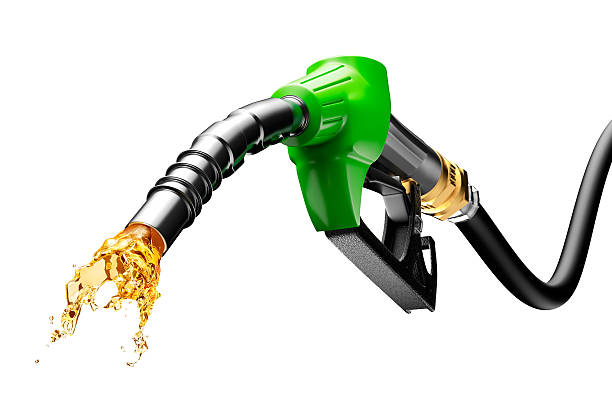Petrol Price in Pakistan | PSO Petrol Price in Pakistan Today
Petrol prices in Pakistan have been on an upward trend, frequently reaching new highs. As of October 10th, 2024, major companies like OGRA, Shell, PSO, and others have updated the latest prices. This article explores the current petrol prices in Pakistan, the factors influencing these changes, and their broader impact on the economy.
| Fuel Type | Old Price (PKR) | New Price (PKR) | Difference (PKR) |
| Petrol | 249.10 | 246.4 | -2.7 |
| High-Speed Diesel (HSD) | 249.69 | 246.29 | -3.40 |
| Light Diesel Oil (LDO) | 141.93 | 140.9 | -1.3 |
| Kerosene Oil | 158.47 | 154.9 | – 3.57 |
Fluctuations in petrol prices significantly affect https://petrol-priceinpakistan.online various aspects of daily life in Pakistan, from transportation costs to manufacturing and household budgets. Grasping the reasons behind these price changes is key to managing their impact on everyday living.
The Present Situation
Many people in Pakistan https://petrol-priceinpakistan.online are worried about the recent changes in petrol prices. The global oil market is unstable and this instability affects the prices at petrol stations. The stations becomes more complicated because the value of Pakistani Rupee compared to the Euro keeps changing which impacts how much people end up paying for fuel.
What’s Driving Petrol Price Changes?
Petrol prices in Pakistan are closely tied to the global oil market. When international oil prices increase, local prices tend to follow. Additionally, the value of the Pakistani Rupee against the U.S. Dollar plays a crucial role; when the Rupee weakens, importing oil becomes more expensive, affecting local petrol prices.
How are Petrol Prices Determined?
The regulation of fuel prices in Pakistan falls under the responsibility of the Oil and Gas Regulatory Authority (OGRA). This body assesses multiple factors such as international oil prices, currency fluctuations, and local economic conditions to set fuel rates. They assess factors such as global oil prices, exchange rates, taxes, and transport costs to determine local prices. OGRA aims to maintain a transparent and fair pricing system that reflects these variables.
Moving Towards Sustainable Energy Solutions
https://petrol-priceinpakistan.online Despite the challenges posed by fluctuating petrol prices, Pakistan is making efforts to transition towards sustainable energy sources. There is a growing push for alternatives like compressed natural gas (CNG) and renewable energy from solar and wind. These initiatives are critical for reducing dependence on imported fuels and achieving long-term energy security.

Potential Solutions and Government Strategies
1: Lowering Fuel Taxes: The government can reduce taxes on petrol to make it more affordable. Although this would decrease short-term revenue, it would ease financial pressure on people.
2: Promotion Renewable Energy: Investing in solar and wind energy can reduce Pakistan’s reliance on imported oil and support a cleaner environment.
3: Better Public Transport: Improving public transport systems can offer cheaper travel options and reduce the need for private vehicles.
4: Stabilizing the Rupee: Strengthening the rupee through better financial policies can help manage the effects of changing global oil prices.
Conclusion
In conclusion https://petrol-priceinpakistan.online the fluctuating petrol prices in Pakistan represent just one aspect of the country’s broader economic challenges. While difficulties persist, there are significant opportunities for innovation, collaboration, and sustainable growth.
By gaining a deeper understanding of fuel pricing dynamics and implementing forward-thinking energy policies, Pakistan can work towards a future defined by stability, resilience, and economic prosperity. Petrol prices in Pakistan are a complex issue with far-reaching effects on the economy and daily life. Understanding these dynamics can help individuals and businesses navigate the challenges posed by fluctuating fuel costs. By embracing sustainable energy policies, Pakistan can work towards a more stable and resilient economic future.